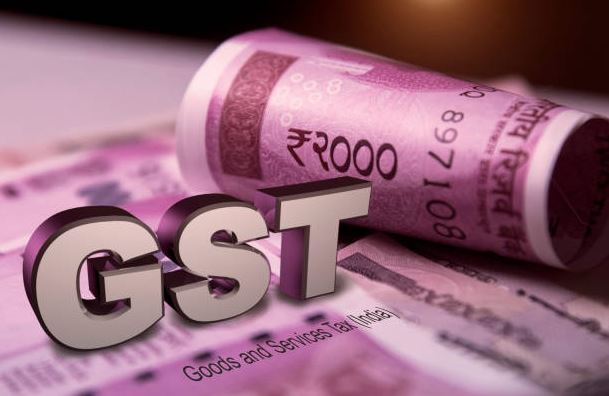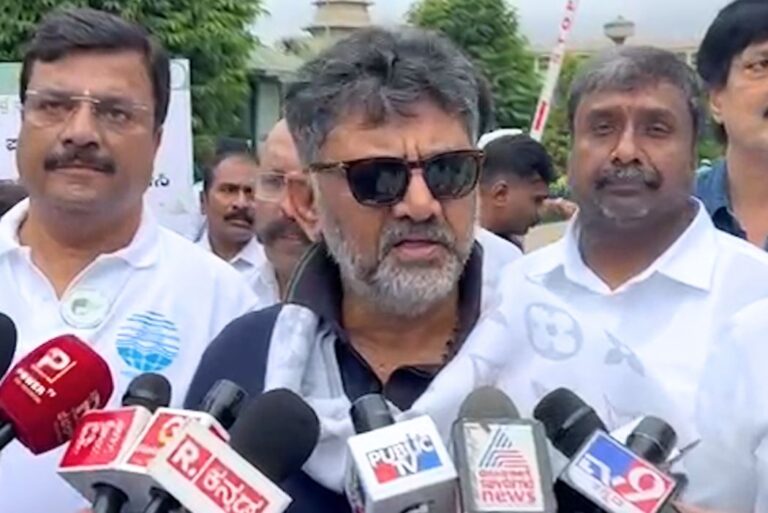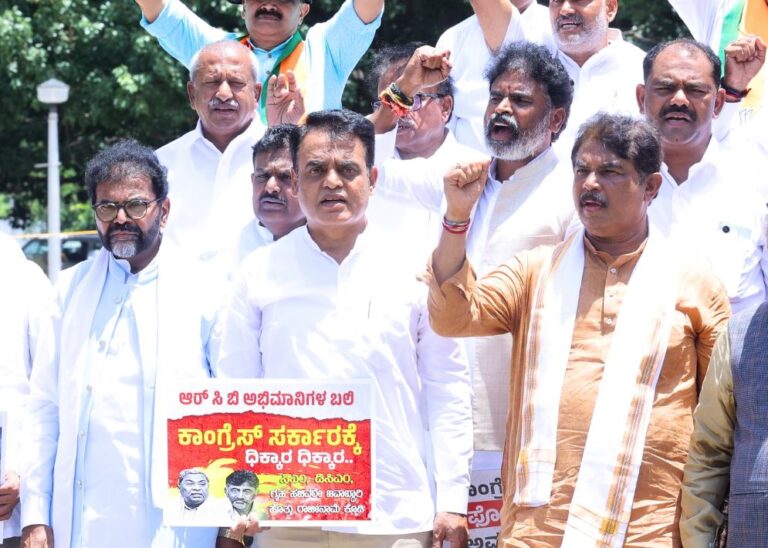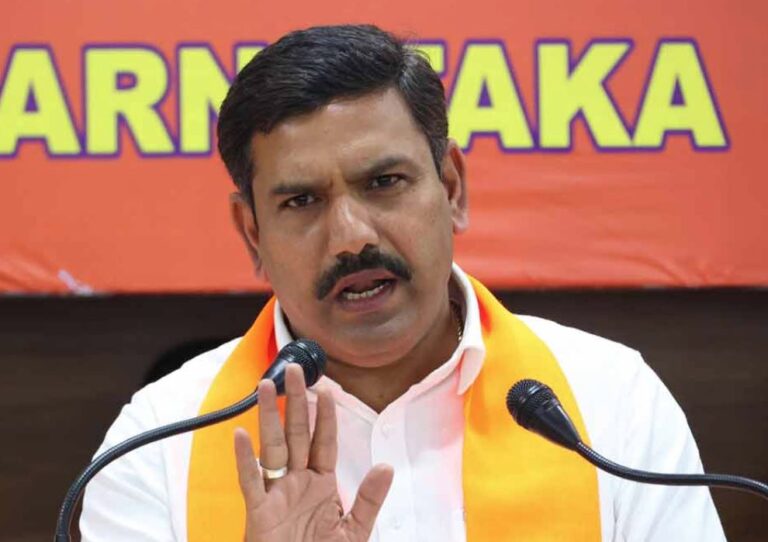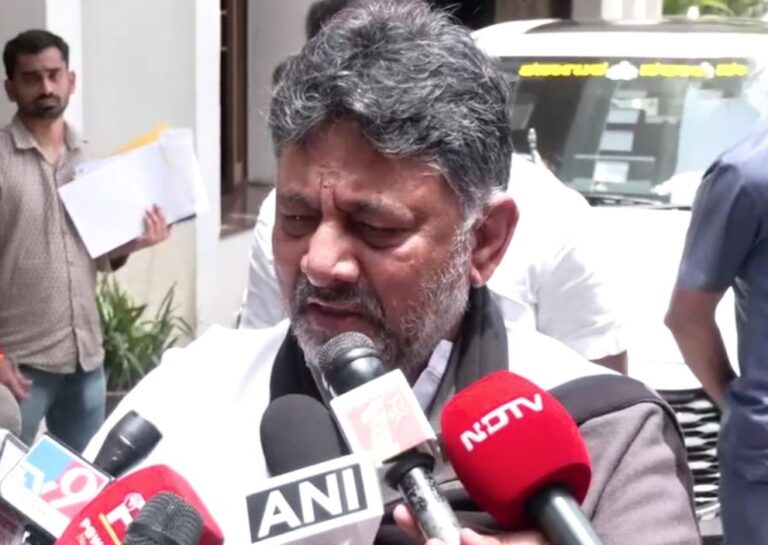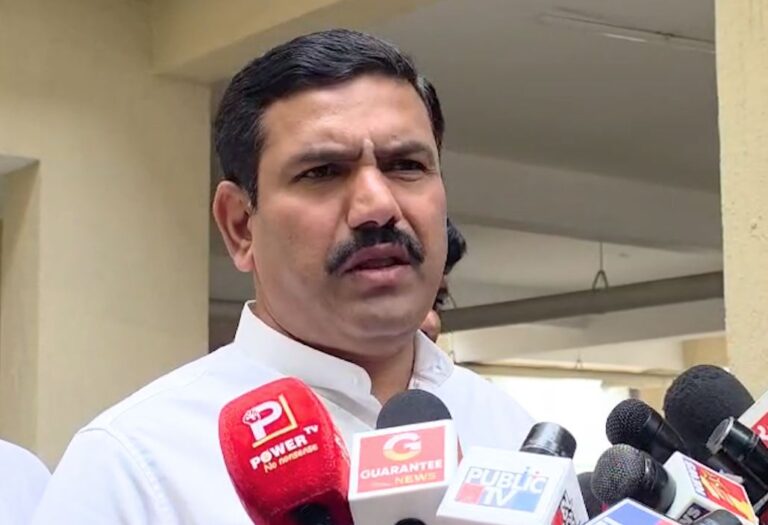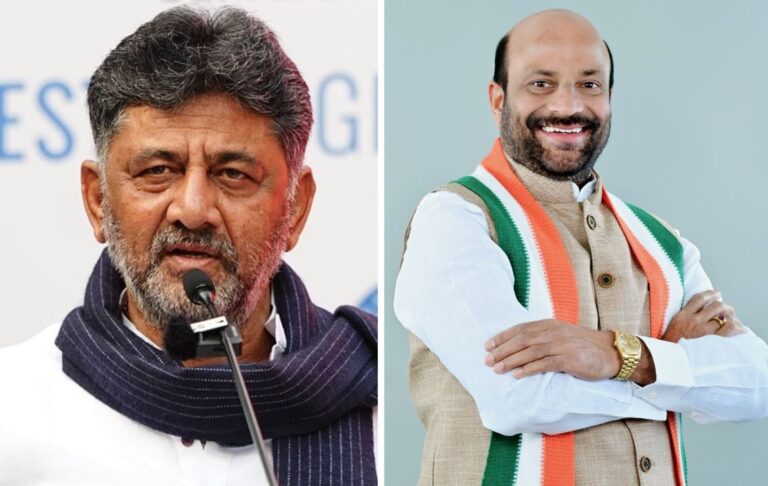New Delhi, April 2: India’s Goods and Services Tax (GST) revenues grew 13 per cent in March, to record the second highest monthly collection of Rs 1.60 lakh crore from the indirect tax with receipts from goods imports rising 8 per cent and inflows from domestic transactions and services imports rising 14 per cent from a year ago.
Gross GST collections for 2022-23 are 22 per cent higher than in 2021-22 at Rs 18. 10 lakh crore, reflecting an average gross monthly collection of almost Rs 1.51 lakh crore. The growth in GST collections in March was the fastest so far in 2023, marking the 12th month in a row that inflows were over Rs 1.40 lakh crore and the fourth month in 2022-23 over Rs 1.50 lakh crore mark.
March’s collections were only elipsed previously in April 2022, when collections were Rs 1.67 lakh crore.
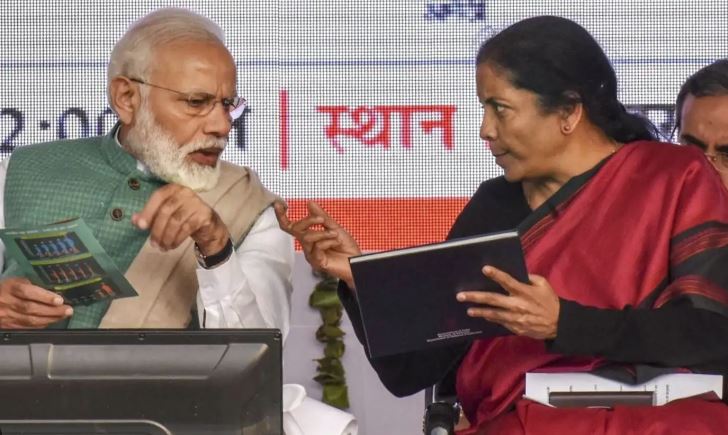
Integrated GST collections hit a record high of Rs 82, 907 crore in March 2023, including Rs 42, 503 crore collected on the import of goods. Indicating an uptick in compliance levels, returns filed by taxpayers in March has been the highest ever, the finance ministry said. “93.2 per cent of statement of invoices in (GSTR – 1) and 91.4 per cent of returns (in GSTR – 3B) of February were filed till March 2023 as against 83.1 per cent and 84.7 per cent respectively, same month last year,” the Ministry of Finance officials emphasized.
The higher compliance trends under the GST regime could also help enhance the direct tax revenues to an extent, noted Vivek Jalan, partner at consultancy firm Tax Connect Advisory.
The GST collections in March largely reflect transactions undertaken in the month of February. The revenue shares between the Centre and the
States during the month, after settling IGST collections, is Rs 62,954 crores for the Central GST and Rs 65,501 crores for the State GST, the Officials of the Ministry of Finance explained.
As many as 16 states and the Union Territory of Jammu and Kashmir reported higher growth from domestic transactions during March than the national average of 14.4 per cent including Bihar and J & K (both 29.4 per cent), Karnataka (18.4 per cent), Uttar Pradesh, Rajasthan, Odisha and Tamil Nadu (all around 15 per cent).
EOM

